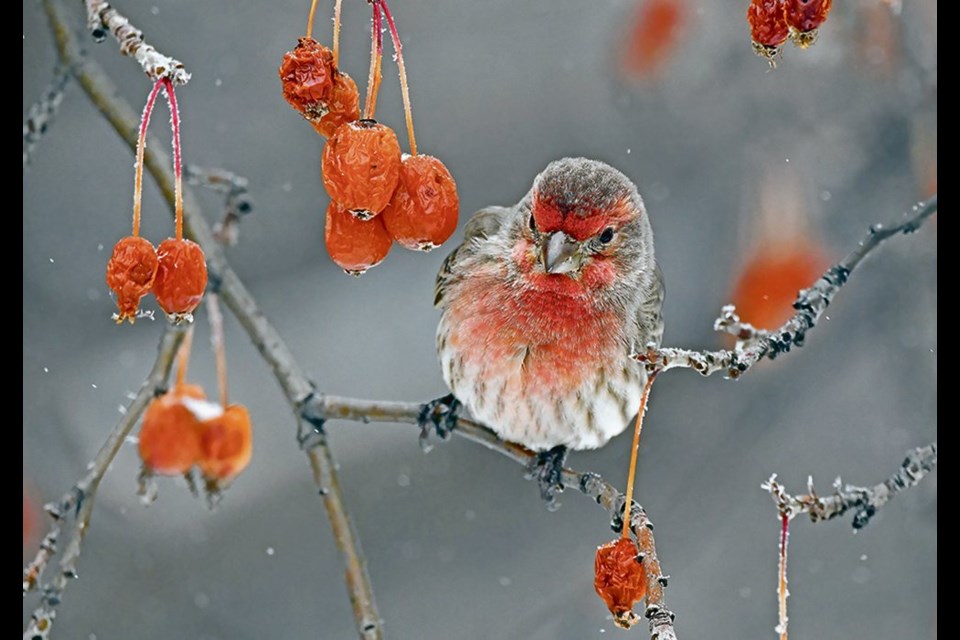Animals and birds could be anywhere, but prime places include national and provincial parks. Just as productive are rural areas, especially for deer, pronghorn, fox or coyotes. In early or late winter, any open water usually attracts birds.
A top winter wildlife highlight is finding snowy owls, an iconic Canadian bird featured on our $50 bill. These brilliant white birds are Arctic residents but some head to the southern Prairies for a winter holiday. They especially like the grain fields in western Saskatchewan and eastern Alberta.
Our main go-to area to look for them is southwest of Saskatoon, along the backroads in the Rosetown-Eston area. Their preferred haunts can vary from year to year. Last winter, for example, many frequented southeastern Saskatchewan. Check with local nature societies or birdwatching forums for updates.
The owls blend into the snowy landscape so they can be a challenge to spot. Look for them on perches such as power poles, fence posts or bales. They spook easily, so the best way to photograph them is to stay in your vehicle and use a telephoto lens.
Perhaps the biggest advantage of photography in the winter is having the wildlife come to you. A backyard bird feeder is especially effective in winter when other food sources are in short supply.
A seed mixture with a high proportion of sunflowers will appeal to a wide variety of species. Suet feeders attract woodpeckers and nuthatches. Blue jays are especially fond of peanuts, and they can quickly clean up all that you put out.
A coil feeder, also called a wreath feeder, is excellent for peanuts because the jays have to work at it to get the nuts out, making them last longer and providing more chances for photography.
Chickadees are among the easiest to attract. House finches tend to be widespread as well, their colour varying from a nondescript grayish brown to yellow and even brilliant red.
Exactly what you can attract will depend on location, and may include crossbills, redpolls or grosbeaks. Our favourite winter visitors are elegant-looking Bohemian waxwings that normally travel in large flocks and quickly clean off any remaining fruits and berries on trees.
We like to position our bird feeders with photography in mind, since we prefer to have the birds in a natural-looking setting rather than right at the feeder. Birds tend to approach a feeder in stages, landing on nearby branches for a few seconds first.
By placing a feeder near tree branches on a logical route to the feeder, it is often possible to photograph the birds here. Another option we use is attaching a dead branch to the side of a feeder, giving them yet another place to land.
When planning these roosting spots, keep in mind where you will be photographing from and how the background will appear. Try to choose an attractive background, or one that is clean and uncomplicated so that the bird will stand out.
Sometimes we photograph from our open dining room window. It faces an ornamental tree where dried berries turn red in winter, providing some background colour. The feeder stands just below and in front of the tree so that birds will often land on a branch on their way to feed.
A dead branch attached to the feeder is positioned so that the background is a clear area that gets covered in snow, making for an uncluttered white backdrop.
Photographing through an open window is ideal since there is no glass to interfere with photo quality. You can stay partially hidden, not to mention warm, without disturbing the birds.
If you don’t have an opening window, or prefer not to let the cold in, it is still possible to photograph through a window. Keep the camera lens as close as possible to the glass to minimize glare.
Arlene and Robin Karpan are well-travelled writers based in Saskatoon. Contact: [email protected].




